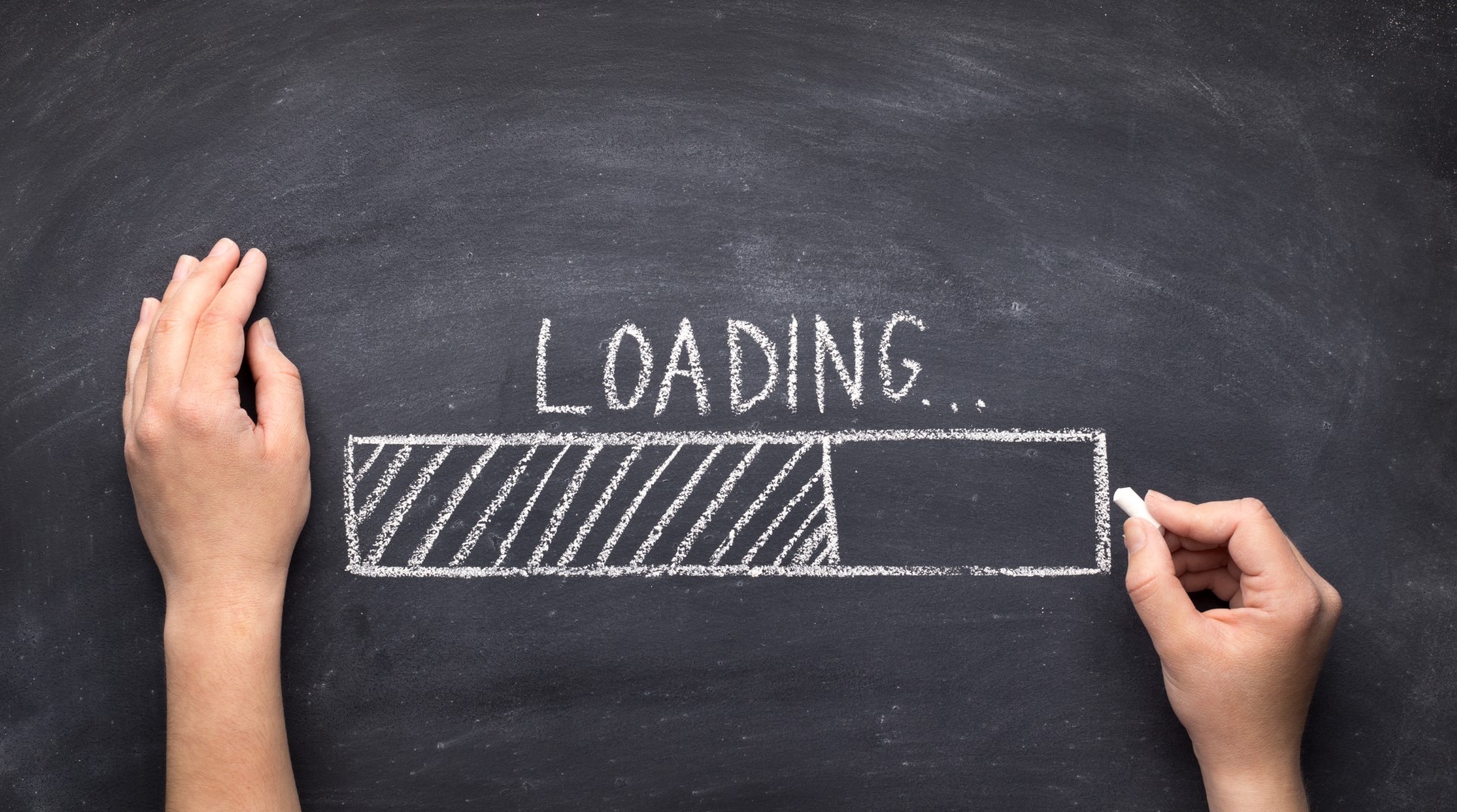Some website owners may find these facts to be a little too trivial, but the speed of your website does matter. Studies show that 93% of users will leave a site if it takes more than 3 seconds to load. This is an important statistic because Google ranks the speed of websites as a ranking factor on its search engine. So, if you don’t want visitors to leave your site, you should optimize for speed.
The number of internet users globally continues to grow, and the quicker a website loads, the more likely it is that a user will be satisfied with their experience. The web’s reliance on browser technologies has complicated this issue as browsers have been slow to adopt new methods for quickly loading websites. In fact, many major websites rank high on Google but still load slowly. This is because these sites are very large and rely heavily on content from other sites, which can slow down loading speeds.
In a world where information is available with a few clicks, it can be difficult to understand the importance of a website’s loading speed. Major websites that rank well on Google often have slow loading speeds. However, website speed is an important factor for user experience and conversion rates. The longer it takes a website to load, the more chances customers will abandon the site and search elsewhere.
You can improve your website load speed by optimizing images, minifying files, and using a cache and cdn. These are techniques that help take the load off of servers and allow for faster page loads. Optimizing images reduces the file size of the image to increase the page loading time. Minifying files is another technique that means compressing or making code smaller without any loss in quality.
Google has created a tool called Pagespeed Insights which you can use to check your site speed. The tool will analyze the website and provide suggestions for how to improve your site’s speed scores, including things like minifying scripts, combining CSS files, caching static content, and more.
However, the Pagespeed insight tool has received criticism for being misleading to users. It does not consider the page’s external content, but instead uses two different metrics, Time to First Byte (TTFB) and Document Complete (DC), which are too complex to understand without understanding data-center layouts.
Gtmetrix is more advanced than Google’s Pagespeed insights and more accurate. With Gtmetrix, you will get a breakdown of how fast your site loads, what files need to be optimized, and if your server is slowing down the website. Gtmetrix is also better for globally testing all devices.
In conclusion, website page speed is important but it’s not the most important factor when it comes to success or ranking on Google. A common misconception is that faster loading speeds mean more traffic for your site, however, this is not necessarily true. One of the biggest factors for success on Google is content quality, so if you are looking to improve your rankings, focus on creating quality content that will rank well in search engines.





